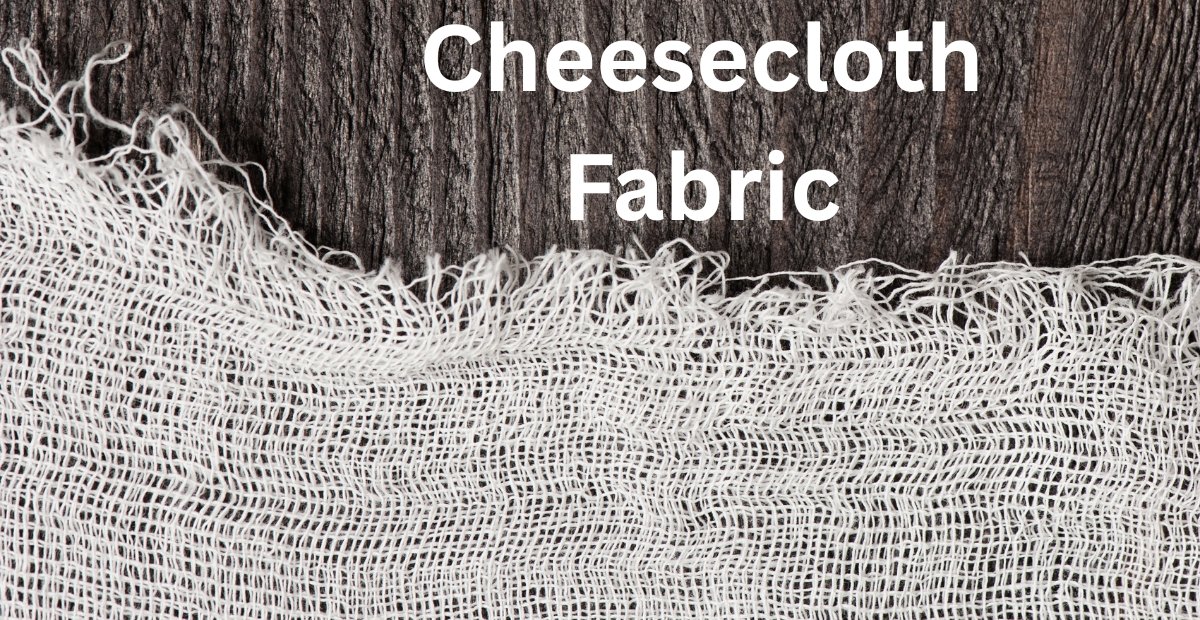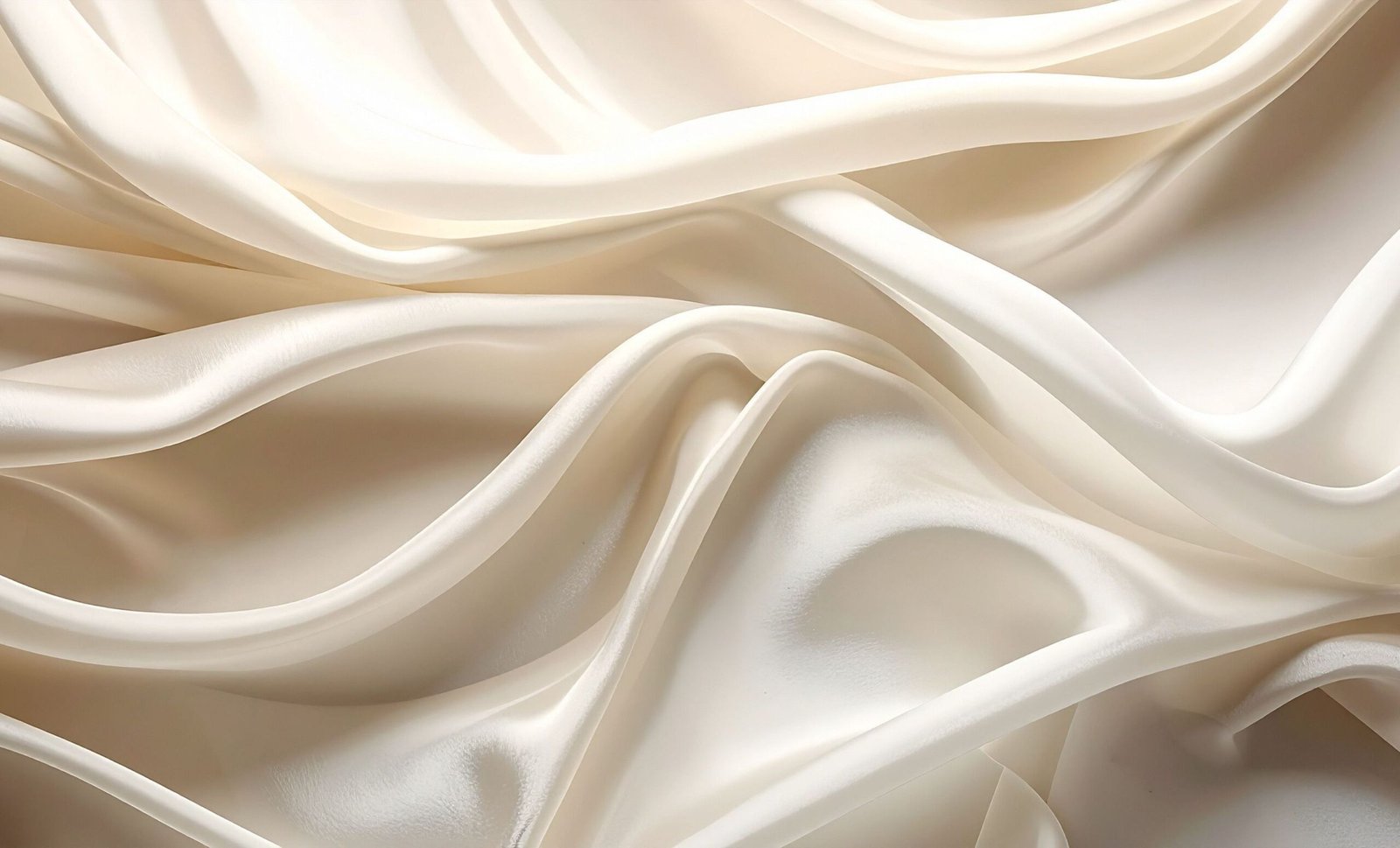Among the many different textiles available, cheesecloth fabric is one of the most versatile and useful. What began as a basic kitchen accessory to strain cheese has been widely adopted for various other uses. Currently, cheesecloth is used in cooking, cleaning, crafts, and even in some industrial applications. This guide covers everything there is to know about this fascinating fabric.
What Is Cheesecloth Fabric?
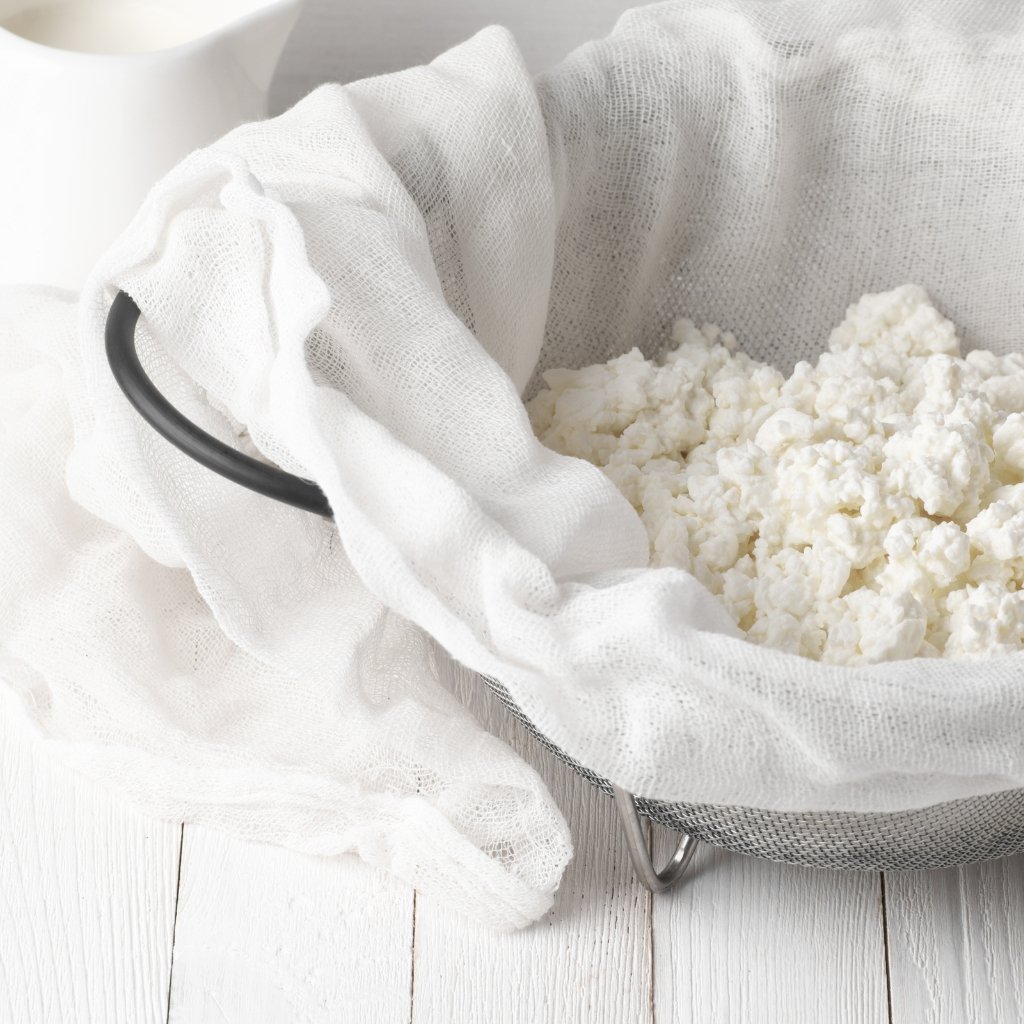
Cheesecloth is a lightweight, loosely woven fabric. In cheese making, it is used to strain curds and is also used to cover cheese. The soft texture and breathable weave of the fabric also makes it useful in other tasks. Cotton is also biodegradable and eco-friendly as a natural fiber, and most cheesecloth is made from cotton.
Cheesecloth is available in a range of different grades. This can be from very fine cheesecloth to extra coarse weaves. The different grades indicate the amount of liquid the fabric can pass through and the strength of the fabric. Fine grades are used for filtering liquids and coarse grades are used for cleaning or covering food.
Cheesecloth Fabric History
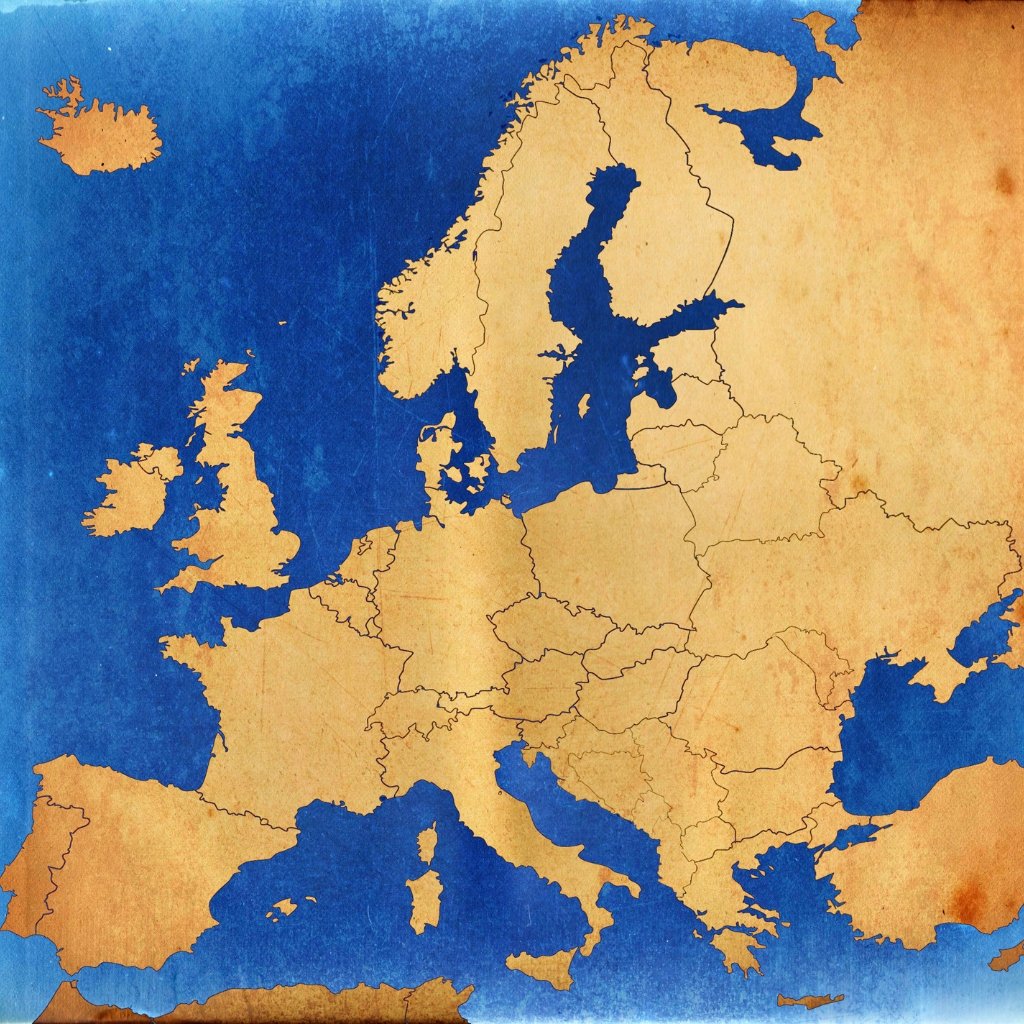
Cheesecloth fabric history is tied to traditional practices of cheese-making. In Europe and Asia, early farmers drained curds with handwoven cotton cloths. Later on, people started to use the same cloth in the kitchen for other tasks, like straining broths and wrapping herbs.
Over time, the value of the fabric grew beyond the culinary. In the 19th century, it started to be used in the hygiene of medical practices, bandages, cleaning cloths, and even set design. Cheesccloth’s abundance and low cost contributed to its global circulation.
Cheesecloth Fabric Characteristics
Cheesecloth fabric possesses many distinct qualities.
Lightweight and Breathable – The open weave allows circulation of air, making it good for covering food.
Absorbent – Cotton fibers absorb liquid which aids in straining and cleaning.
Soft Texture – The fabric’s gentleness assists in polishing.
Eco-Friendly – 100% cotton means it decomposes.
Different Grades – From fine to coarse, each serves a purpose.
These qualities ensure the relevance of cheesecloth in the modern household. See more…..Oxford Cotton fabric
Grades of Cheesecloth Fabric
Cheesecloth fabric is available in several grades, usually numbered from 10 to 90, where the digits indicate how tightly woven the fabric is.
Grade 10–20: Coarse weave, used for heavy cleaning or industrial work.
Grade 40–50: Medium weave, ideal for straining sauces and soups.
Grade 60–90: Fine weave, used for cheese-making, filtering, and craft projects.
The higher the grade, the finer the weave. Therefore, the purpose will determine your choice of grade.
Common Uses of Cheesecloth Fabric
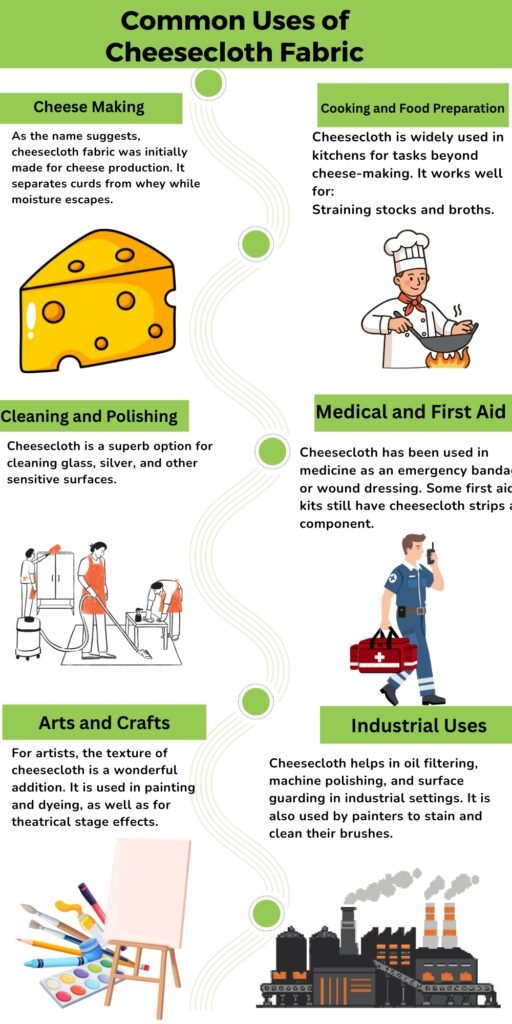
Though cheesecloth fabric suggests a limited purpose, it is, in fact, highly multifunctional. Here are its major uses:
- Cheese Making
As the name suggests, cheesecloth fabric was initially made for cheese production. It separates curds from whey while moisture escapes. Soft cheeses, such as ricotta, paneer, and mascarpone, are often prepared with cheesecloth.
- Cooking and Food Preparation
Cheesecloth is widely used in kitchens for tasks beyond cheese-making. It works well for:
Straining stocks and broths.
Making nut milk or cold brew coffee.
Creating herb bundles for soups and stews.
Wrapping citrus for juicing to avoid seeds.
Because it does not add flavor or chemicals, it is safe for direct food contact.
- Cleaning and Polishing
Cheesecloth is a superb option for cleaning glass, silver, and other sensitive surfaces. Because it is used for car detailing and furniture polishing, it does not leave any lint behind.
- Medical and First Aid
Cheesecloth has been used in medicine as an emergency bandage or wound dressing. Some first aid kits still have cheesecloth strips as a component.
- Arts and Crafts
For artists, the texture of cheesecloth is a wonderful addition. It is used in painting and dyeing, as well as for theatrical stage effects. During Halloween, cheesecloth is used to make ghost drapes for decorations.
- Industrial Uses
Cheesecloth helps in oil filtering, machine polishing, and surface guarding in industrial settings. It is also used by painters to stain and clean their brushes. Read more……Upland Cotton
Benefits of Cheesecloth Fabric
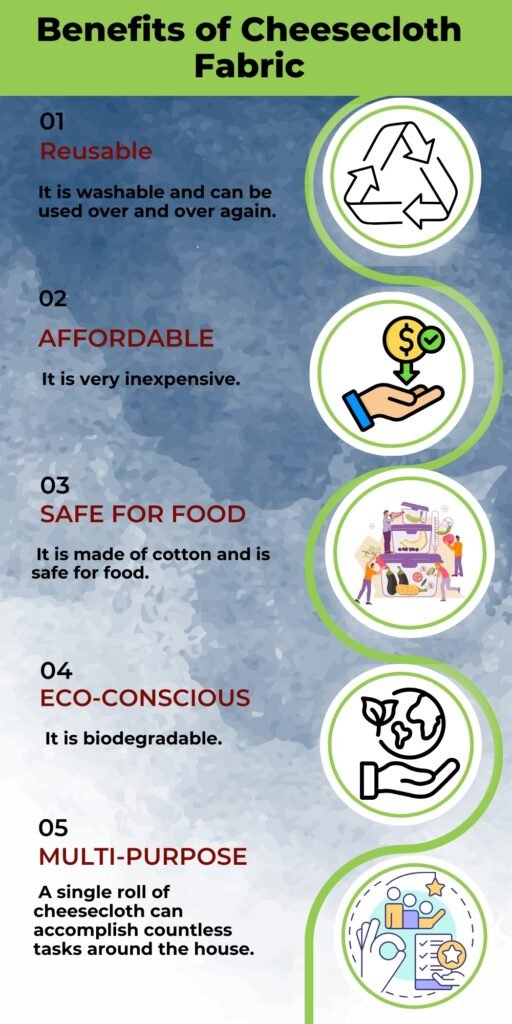
The cheesecloth fabric has various benefits that account for its popularity:
Reusable: It is washable and can be used over and over again.
Affordable:It is very inexpensive..
Safe for Food: It is made of cotton and is safe for food.
Eco-Conscious: It is biodegradable.
Multi-Purpose: A single roll of cheesecloth can accomplish countless tasks around the house.
These benefits point to why cheesecloth fabric is important to have in every kitchen and workshop.
How to Care for Cheesecloth Fabric
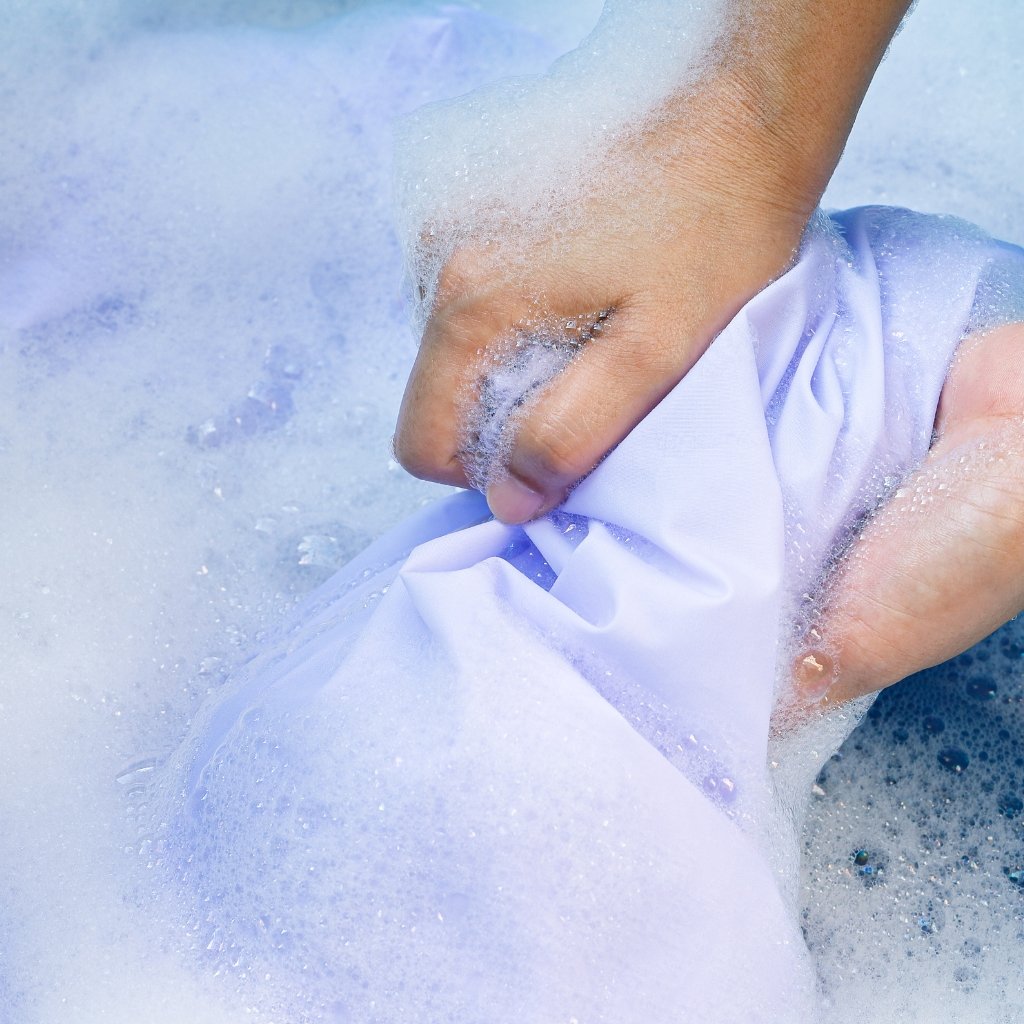
Caring for cheese cloth fabric properly is not hard. Rinse Immediately is step one. After it is used, any food residues should be rinsed off. Wash with Mild Soap is step two. You should take gentle soap with warm water to wash it. Avoid Strong Detergents is step three, and it is crucial. Strong chemicals will weaken and ruin the cotton fabric. Air Dry is step four, and it is important to prevent shinkage. Store Clean and Dry is the last step. Put it in a dry place so there is no chance of mold.See more…..Canvas Cotton Fabric
How to Choose the Right Cheesecloth Fabric
These simple steps will allow the fabric to last for several months. Having many grades of cheesecloth available for purchased is good, but make sure to grade is best for intended use. While cooking, a medium to fine grade is best. If it is for cleaning, getting a coarse grade is best. Fine and coarse grade are both useable for crafts or decorations depending on the aimed project.Read more….Poplin Cotton Fabric
Bleached cheesecloth will be of less environmental value and will have chemicals in it, while the unbleached version will be natural.
Sustainability Minded Cheese Cloth
More and more individuals prioritize ecological impact when making purchases. Incorporating cheesecloth into daily living embraces a sustainable lifestyle, as it can be reused and will fully decompose. Cheesecloth can be used in place of disposable filters and, for a small effort, will minimize waste and contribute to a sustainable future.
FAQs
Can cheesecloth fabric be reused?
Yes, it can be washed and reused several times, especially for food preparation.
What grade of cheesecloth is best for cheese-making?
Grades 60–90 are best since they have a fine weave.
Is cheesecloth safe for cooking?
Absolutely. Being made of cotton, it is food-safe and chemical-free.

